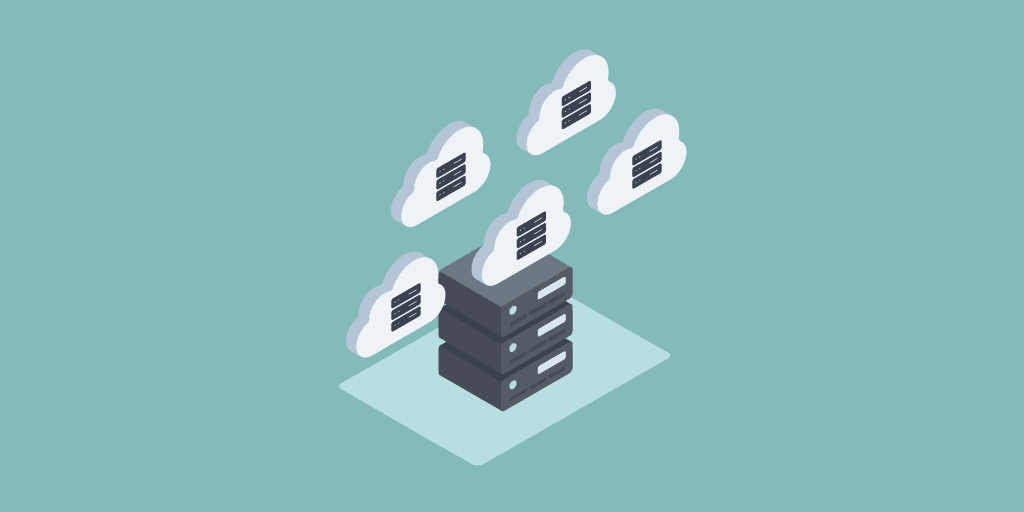Businesses are moving to the Cloud in droves. Soon, most companies will be at least partially in the Cloud. When business leaders see their competitors making this switch, they may want to hop on the bandwagon and implement the change for their organization. It can be risky rushing into a big decision like this without a cloud migration strategy. This will often lead to poor planning that could affect your bottom line.
Cloud migration strategy: What is the first step?
While the Cloud has many benefits, there are some things business leaders need to consider before moving to the cloud. First, planning is critical and a cloud migration checklist will be needed. So, where do you start? Consider the impact on your business. The safest way to move to the Cloud is to stick a toe in the water first. Don’t start with an application that is critical for your business. Try moving apps like email servers and intranets first. Then, you can dive in when you feel comfortable.

What do I need in my Cloud migration strategy?
Here are a few other things to consider:
1. What’s the plan?
If you’re working with an outside cloud service provider, make sure you understand the differences between public, private and hybrid solutions. There are benefits and risks associated with each option, so it’s essential for you to know all the facts to make the best decision. Pointivity can help you create a cloud migration strategy and plan out how each choice could affect your business. This allows you to choose the one with the smallest risk associated with it.
2. Is it secure?
Security is an important topic. Those companies with sensitive data such as healthcare and financial institutions need to be extra careful that the Cloud provider has a strategy in place to eliminate or alleviate legal problems if a breach were to occur. Make sure your Cloud vendor supports all of the regulations or security constraints required for your business.
3. What about former employees?
One major factor businesses tend to overlook when planning out their Cloud migration strategy is a policy regarding terminated employees. A 2016 SailPoint survey uncovered that two-thirds of employees were able to access a business’s Cloud storage apps after leaving an employer. This number is alarming as it opens up businesses to former employees having access to corporate data in the Cloud that could be shared outside of the organization. In an ideal world, your former employees wouldn’t do this but it’s critical to protect your company’s sensitive information by putting policies in place to restrict this type of access.

4. Can I keep up with an ever-changing landscape?
Change is inevitable, especially when it comes to technology. It seems like as soon as you update an app or upgrade to a newer model, something new becomes available. Cloud service providers update servers often. Before enacting your cloud migration strategy and moving to the cloud, establish an in-house policy regarding updates. Find key people in your organization to teach others about how to deal with upgrades so that processes are not disturbed due to ongoing changes.
5. What about downtime?
Like all things, periodic maintenance will need to be performed on your solution to keep it running smoothly. At Pointivity, we work with you to ensure that scheduled maintenance is performed at a time that is most convenient for your employees, generally at night or on the weekend.
Moving to the Cloud is a big decision. There are a lot of things to consider as before making the change and creating a cloud migration strategy.
Are you ready for an IT transformation? Connect with us today by calling 858-777-6950 or email sales@pointivity.com so we can discuss the right direction for your business.








